Spinalonga Island
This abandoned Greek island was the last active leper colony in Europe.
Just off the coast of Crete is a small, uninhabited island. Here, for more than half a century, some of the country’s sickest residents were sequestered away after having their land and property seized.
Over the years, the island of Spinalonga has served as a place of holdouts. When Crete was a part of the Venetian empire, it was a fortress, built to protect the the Port of Olous. The fort remained in Venetian hands for more than 40 years after the rest of Crete was conquered by the Ottomans, so impregnable were its defenses. The Ottoman Turks held the fort from 1715 until long after Greek independence, the last of the Turks only leaving in the early 1900s.
But in 1903 the island became something else entirely, a leper colony. When it closed in 1957, it was the last one left in Europe. When the Spinalonga leper colony was founded, the disease was considered incurable. Sufferers were sequestered on the island, away from society, to protect the healthy. At its height, in 1933, there were just under 1,000 patients living on the island.
In 1936 Epaminondas Remoundakis, a law student from Athens, arrived at the colony after being diagnosed with leprosy. Young and highly educated, Remoundakis founded the Brotherhood of the Sick of Spinalonga, which advocated for improved living conditions for the island’s residents, including the ability to run their own businesses. The island had its own church, a school, and even several cafes.
The cure for leprosy was discovered in 1948, and gradually what remained of the inhabitants of Spinalonga were treated and sent back to the mainland. After the colony officially closed in 1957, the Greek government destroyed all records pertaining to Spinalonga’s history as a leper colony.
Renewed interest in visiting the island began in the 1980s and culminated in a popular historical fiction book by British author Victoria Hislop. Today, visitors can take a ferry from the nearby towns of Plaka, Agios Nikolaos, and Elounda to the island to explore the crumbling remains of what was a society unto itself.
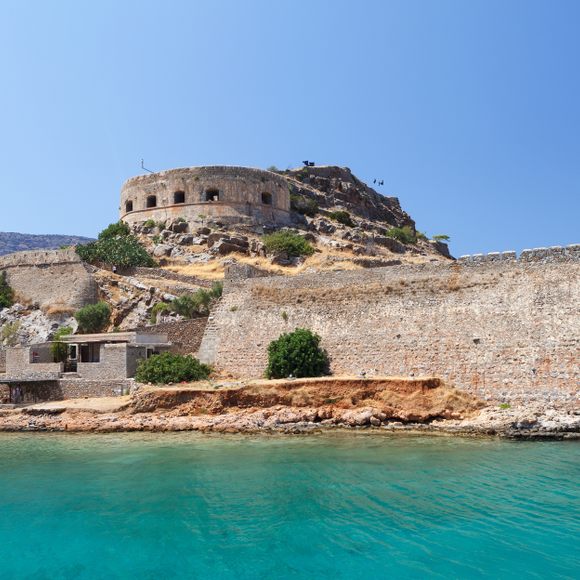

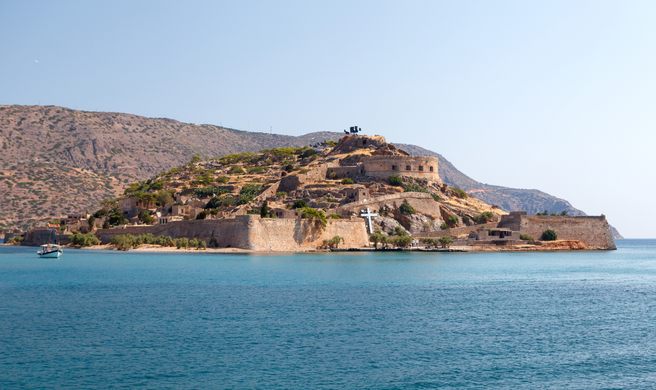


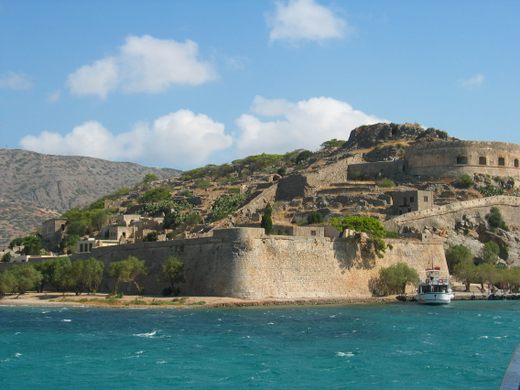






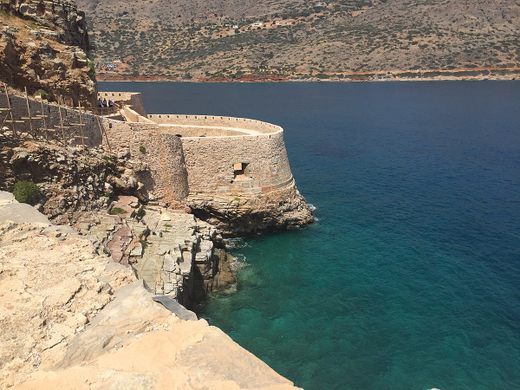






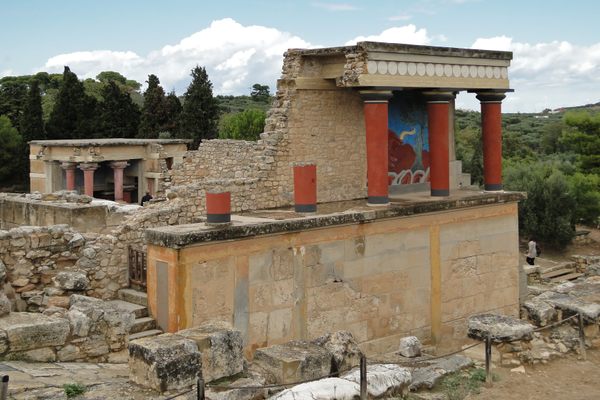






Follow us on Twitter to get the latest on the world's hidden wonders.
Like us on Facebook to get the latest on the world's hidden wonders.
Follow us on Twitter Like us on Facebook